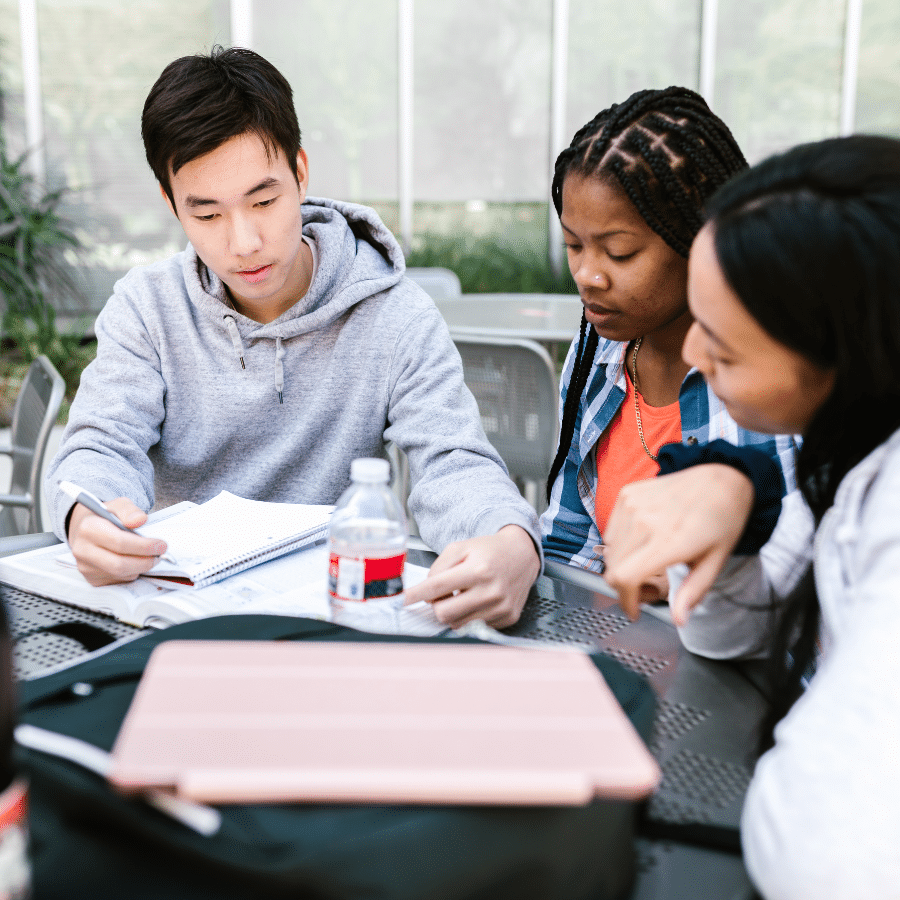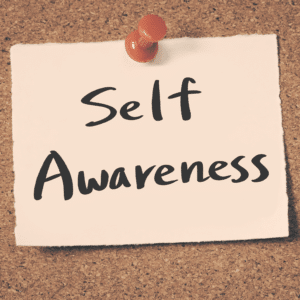Pengantar
There are many reasons that students can be unmotivated in the classroom. Some students may have a learning disability and find it difficult to understand the material being taught. Others may feel isolated or undervalued by their teachers, while still others may simply be bored by what they’re learning. But even if you don’t see your students’ lack of motivation as a problem for you as a teacher (and I hope it isn’t!) there are other reasons why positive reinforcement is better than negative reinforcement:The Difference Between Negative and Positive Reinforcement
The difference between negative and positive reinforcement is that the former involves taking away something a student doesn’t like, while the latter involves providing a reward for performing a task. For example, if you have an essay due in class and your professor gives you an “A” on it, then this is positive reinforcement because it provides a reward for completing your assignment. On the other hand, if your teacher threatens to give everyone zeros unless they finish their work by tomorrow morning–and then follows through with this threat–this would be an instance of negative reinforcement because he or she took away something unpleasant (i.e., no grades) after students completed their assignments on time. While both types of motivation work well when used correctly by teachers and parents alike; there are some distinct advantages associated with using positive reinforcement over its counterpart:The Advantage of Positive Reinforcement
Positive reinforcement is the best way to encourage desirable behaviors in students. Here’s why:- Positive reinforcement is more effective than negative reinforcement. Positive reinforcement can be used to increase the frequency of desired behaviors, while negative reinforcement will only work if it’s paired with something unpleasant (e.g., you have to write lines if you tell a lie). In addition, positive reinforcement tends to be remembered longer than any other type of reward or punishment; this means that when you use positive feedback for good behavior, students will remember it and try harder next time!
- Students are more likely to repeat what works for them; therefore, we should provide as many opportunities for our students as possible so that they feel successful at school each day.









